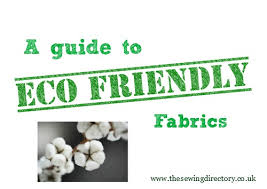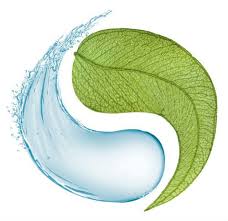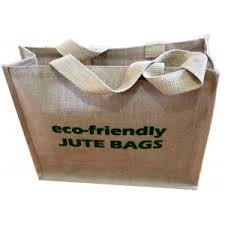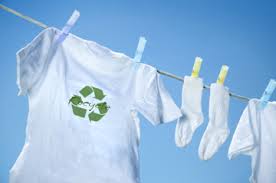Eco-Friendliness, Environmentalism, Going Green – these are just some of the terms that are going viral world over these days. The world has reached a point where every activity that we do, however insignificant it may seem to us, has a lasting impact on the planet and its environment. Thus, it is important that we try to help the environment in every way possible. This can start from every day activities. It is not necessary that the change should be big. In fact, the minute impact that you might have on the environment might not even be obvious to you, but that should never obviate the need for your contribution. Now in this article, we will explore the impact of our clothing on the environment.
One of the first things for a nature natter to do is to identify the clothes that he wears. Check if they are eco-friendly. This is done by checking the carbon footprint of the outfit. If the carbon footprint is minimal, then the outfit is eco-friendly. All stages of the outfit, right from the cultivation of crops required for the outfit, to production of the outfit, its use and its disposal by any means necessary, are accounted for when talking about the carbon footprint. Naturally, the clothes have to be made from bio-degradable products and not from petroleum derivatives. The starting materials must be naturally occurring and must be renewable. An obvious choice for this are plants and animal sources. When using plants, the methods used for their cultivation must have been sustainable means – crop rotation, use of organic pesticides and fertilizers, non over grazing and non over farming.
The clothes may also be made from recycled materials, such as recycled plastics and recycled fabrics. This can enable better waste management as a lot of the waste generated can be utilized effectively by recycling. This also reduces the usage of virgin materials.
The clothes must not be processed with any chemical substances that can pose a threat to the environment. Synthetic dyes and chemicals that are used for finishing the clothes have to be avoided. In many cases, for eco friendliness, dyeing is avoided altogether, or else, naturally colored cotton or other such plants are used. Many might not know that all naturally produced cotton is not white. Though natural dyes and low impact natural fiber dyes are used in some areas for finishing, their ecological impact is uncertain as of now as they are a relatively new concept. Thus it is better to avoid them entirely. Why risk when you have a lot to lose?
Coming to the manufacturing processes, we must strive to choose companies that use minimal amount of water and other sources of energy for manufacture. This has the dual effect of preserving the Earth’s water supplies and conserving energy for our progeny. Do not think in terms why only you. Try to assure yourself thinking ‘If not you, then who?’ As discussed earlier ensuring minimal water and energy requirements also makes sure that the carbon footprint is within the acceptable limits. Moreover, there are a lot of companies these days that actually want to play an active role in the Save Energy campaign. Such companies are shifting to non-conventional sources of energy for their production requirement from conventional ones. We, as a population must choose these companies over those that use coal or other fossil fuels for energy.
But as always, there are people here too who try to undermine the sincere efforts of those who want to ‘Go Green’ by indulging in activities that are called as ‘Green washing’. These companies take advantage of those who want to buy ‘Green’ products by advertising their products as ‘Green’. But they do not actually put in any effort to make sure that their product satisfy the required norms to become a ‘Green’ product.
To counter this, organizations have been set up which issue certificates, authenticating the claim of the real heroes of the planet. One such authentication authority is the International Association for Research and Testing, Field of Textile Ecology. This organization issues certificates that validate or nullify the claim of those who profess eco friendliness. When picking out clothes, one can check for a certificate called the Oeko-Tex Standard 100, which is a very common eco textile label. The eco label on a particular textile certifies that the raw, intermediate and end products at all stages of the textile production have met the specified requirements for parameters such as substances prohibited or regulated by law, and substances currently known to be harmful to health but have yet to be regulated or prohibited by law. This is just one more thing you can do on your part to save the planet. Articles such as this are abound on various sites on the internet. There is also other related information for those who sincerely want to make an attempt in this regard. But the thing is, they only show you the path. It is you who has to walk it.
Make this commonplace. Save your home.




Leave a Reply